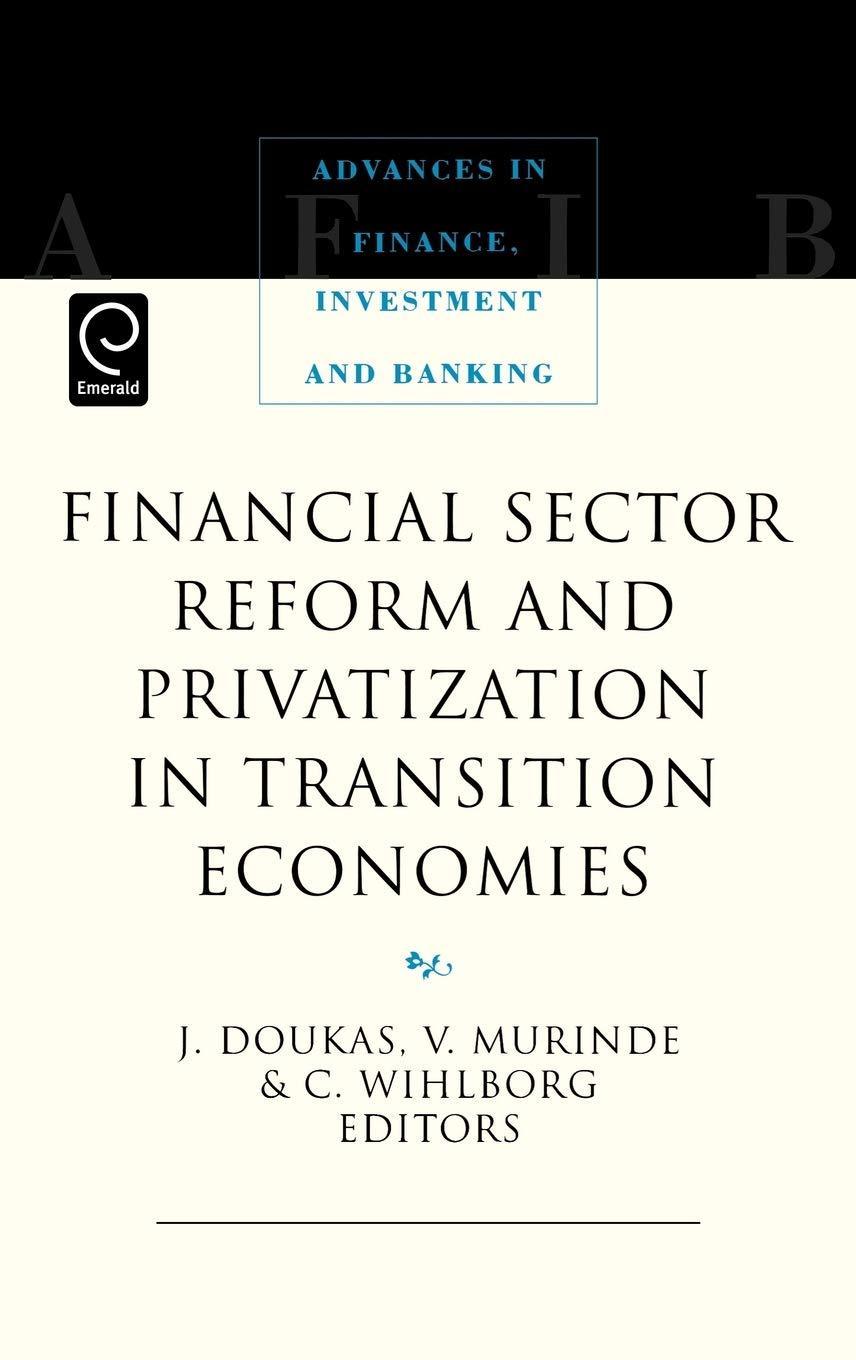Answered step by step
Verified Expert Solution
Question
1 Approved Answer
A semiannual corporate bond has a face value if $1,000, a yield to maturity of 8.7 percent, and a coupon rate of 8.5 percent. This
A semiannual corporate bond has a face value if $1,000, a yield to maturity of 8.7 percent, and a coupon rate of 8.5 percent. This bond matures 15 years from today. This bond:

$1,000 a. S481 37 b. $575.50 0.5913.50 2. Signature Sweets, Tochas 9 percent semiannual bonds outstanding with 18 years to maturity. latest quote on these bonds is 95.50. What is the yield to maturity? 9.00 percent b. 9.53 percent c. 9.76 percent d. 10.27 percent A zero coupon bond has a yield to maturity of 8.35 percent and 10 years until it fully matures. What is the current price of this bond if the face value is $1,000? a, S441.30 b. $448.45 c. 5657.60 d. 5664.30 4. An annual, fourteen-year bond is currently selling for $971.29 and has a yield to maturity of 7.59 percent. What is the coupon rate of this bond if the face value is $1,000? a. 6 25 percent b. 6.50 percent c. 7.00 percent d. 7.25 percent 5The bonds of XYZ, Inc. are currently quoted at 101.45 and mature in 9 years. The bonds pay a $35 semiannual coupon. What is the current yield on these bonds? 2.3.45 percent b. 3.50 percent c. 6.78 percent d. 6.90 percent 6. A semiannual corporate bond has a face value of $1.000, a yield to maturity of 8.7 percent, and a coupon rate of 8.5 percent. The bond matures 15 years from today. This bond a has a current yield of 4.32 percent. b. sells at a discount. c. is currently quoted at a price of 101.87. d. pays interest payments of $85.00 every six months. price. 7. The price you receive when you sell a Treasury bond is the a. bid b. yield c. call d. asked & Which one of the following statements is correct regarding interest rate risk? A 3-year, 2 percent coupon bond has more interest rate risk than a 5-year, 2 percent coupon bond. b. A 10-year zero coupon bond has more interest rate risk than a 10-year coupon bond. c. A 6-vear. 9 percent coupon bond has more interest rate risk than a 6-year, 5 percent coupon bond. d. A 7-year zero coupon bond has more interest rate risk than a 10-year zero coupon bond. An investor is considering two bonds, a 6.25 percent municipal bond and an 8.75 percent taxable bond. If the investor is in the 28 percent tax bracket, which bond should she chose? Why? Ignore state and local taxes. a. the taxable bond; it has a higher aftertax yield b. the taxable bond, it has a lower aftertax yield c. the municipal bond; it is exempt from all taxes d. the municipal bond, it has a higher aftertax yield 10. Katie camed 9.5 percent on her investments last year. If her real rate of return was 5.9 percent, what was the inflation rate for the year? a. 3.40 percent b. 3.60 percent c. 3.80 percent d. 4.00 percent
Step by Step Solution
There are 3 Steps involved in it
Step: 1

Get Instant Access to Expert-Tailored Solutions
See step-by-step solutions with expert insights and AI powered tools for academic success
Step: 2

Step: 3

Ace Your Homework with AI
Get the answers you need in no time with our AI-driven, step-by-step assistance
Get Started


